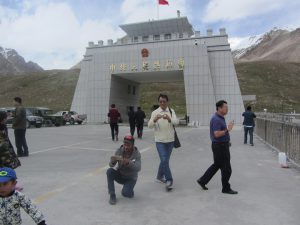Freshwater is rare and precious. It accounts for just 2.5% of the earth’s surface water and 70% of it is locked up in glaciers. But the small amount of freshwater that is available is essential to our planet’s health.
Freshwater ecosystems sustain a higher biodiversity per square mile than almost any other. Tropical rainforests are by far the world’s most biodiverse ecosystem, covering less than 2% of the world’s surface but housing an estimated 50% of all life on earth. In comparison, freshwater ecosystems cover just 0.01% of the earth’s surface, but contain over 100,000 described species. Much of the Earth’s aquatic biodiversity requires the freshwater flowing habitat found in these rare ecosystems. Their fisheries are crucial to providing enough food and livelihoods for millions of people.
Yet rivers are under threat globally and this problem is not unique to China. The overexploitation of rivers comes at a huge price. In 2015, the World Economic Forum listed global water crises as “the biggest threat facing the planet over the next decade”. Extracting water from rivers threatens the livelihoods of millions, contributes to higher levels of pollution, and increases tensions between countries.
Freshwater crisis
China’s rivers have sustained its people for generations and are now an important part of its identity and heritage. Some of Asia’s most iconic rivers originate in China. The Lancang River (Mekong) flows through six countries, starting in China’s Tibetan Plateau. The Lancang-Mekong River is the heart and soul of mainland Southeast Asia, supporting one of the world’s most active fisheries and at least 60 million people who depend on it for food, water, and transport.
But rivers have fallen casualty to economic development. Today, many of the country’s rivers are polluted, dammed, diverted and overused by agriculture and industry. In an astonishing number of cases, rivers have quite simply disappeared. According to the Chinese Bureau of Statistics, there were 50,000 rivers in China in the 1980s but only 23,000 today.
This overuse has put a strain on water resources that is becoming increasingly severe. Though China is home to about 20% of the world’s population, it holds just 7% of the world’s total freshwater resource.
What’s more, the resource isn’t equally distributed across the country. About 70% is in southern provinces, putting strain on the dry northern provinces that produce agriculture, manufacturing and water-intensive energy.
The result is that water scarcity is on the rise. Eleven provinces in China, with a total population of 510 million people, have less than 1,000 cubic metres of water per person each year. This level has been defined by the United Nations and World Bank as the mark of water poverty, meaning that it severely constrains food production, economic development and protection of natural systems.
Reasons to be cheerful
The good news is that the Chinese government has signalled a renewed commitment to protecting freshwater in recent years. President Xi Jinping has said that “clean water and lush mountains are priceless assets,” and that “we will pay a higher price if we do not prioritise (ecological development) now.”
River protection, in particular, seems to be high on his agenda. During his 2017 New Year Address, President Xi mentioned only one environmental issue: protecting rivers. The Ministry of Environmental Protection and the Ministry of Water Resources are currently developing a mechanism to appoint “river chiefs”, who will protect rivers and lakes by controlling and preventing pollution as well as restoring local ecology.
The government also announced that from 2017 onwards, provincial, city and county government officials’ performance evaluations will include their actions on “ecological progress”. The targets will be based on resource utilisation, environmental quality and public satisfaction.
Ecological redlines
On January 1, 2015, China made amendments to its Environmental Protection Law, that clarified the responsibility of the government and emphasised the role of ecological redlines. The 13th Five-Year Plan (2016-2020) subsequently expanded upon ecological redlines in the national level context.
Environmentalists have been using these stricter ecological redlines to protect ecosystems, wildlife and people. In 2015, NGOs set an important precedent in ensuring that ecological redlines were respected. Their efforts resulted in the cancellation of the Xiaonanhai Dam on the Yangtze River, which would have altered flow conditions, affecting hundreds of fish species, including dozens that are found nowhere else in the world.
In January 2016, President Xi declared the Yangtze Special Zone as an area where no further large scale development would be allowed and where ecological redlines had to be drawn.
Challenges to address
Cases of individuals, companies and local governments dumping waste into rivers still grab headlines. One of the most graphic events involved 16,000 pig carcasses that were dumped in the Huangpu River in Shanghai in March 2013.
We must all do our part to address the crisis in rivers. Our demand for the latest fads, clothes, and foods that are water intensive are proving to be unsustainable.
For example, imagine drinking a bottle of water and then discarding it into a river. The plastic in the water is the obvious contamination but the process and energy required to manufacture it also likely impacted the health of the river. That bottle needed four times the amount of water than the amount of liquid it contained in order to be manufactured.
We need to remember that “the activist is not the one who says that the river is dirty, the activist is the one who picks up the trash”. Or perhaps the activist, in this case, is the one who reduces their water footprint.
Stephanie Jensen-Cormier is China Program Director, based in Beijing, at International Rivers.
Five ways to save water
-
Take advantage of incentives. Some water utilities offer rebates and incentives to install low-flow toilets, showerheads, clothes washers and rain barrels
-
Fix leaks. Household leaks account for nearly one trillion gallons of wasted water a year in the US alone. Fixing leaks saves money and water at the same time
-
Replace your thirsty lawn. Drought-tolerant yards are beautiful and demand much less water than traditional grass. Some water utilities will even pay you to get rid of the green stuff
-
Watch your 'foodprint'. Eat slightly differently and save water
-
Embrace greywater. You can water your garden with water from your bathtub and washing machine with systems that are getting cheaper to install
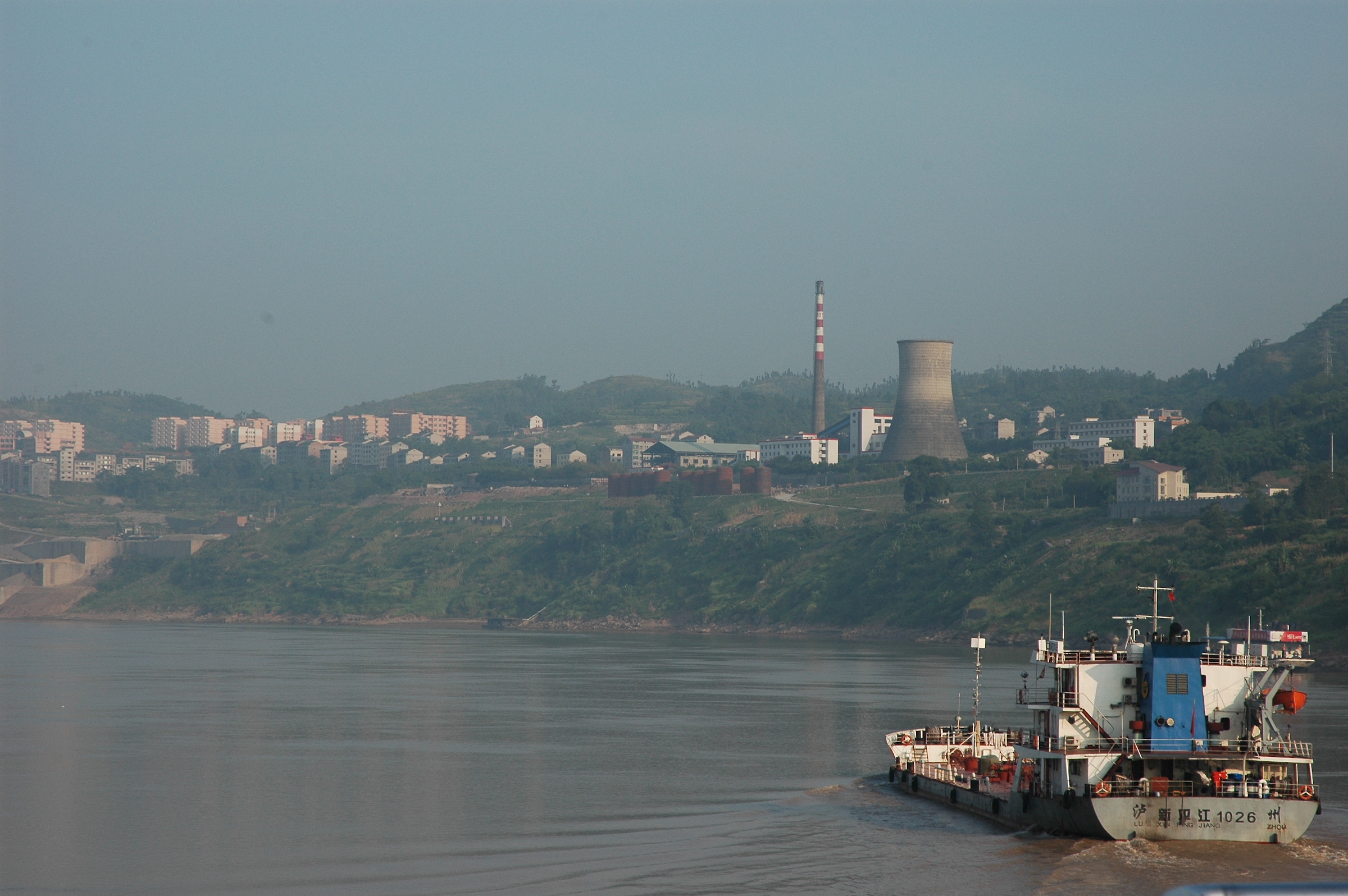
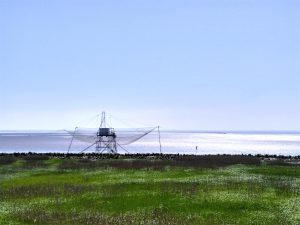
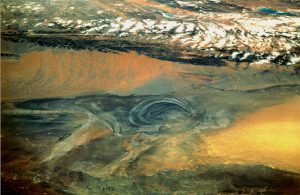
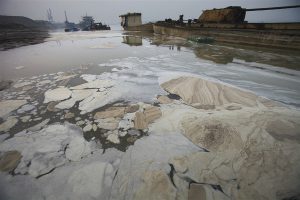
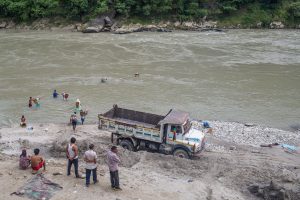
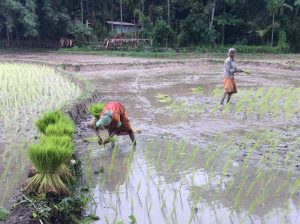

![A woman pumps up water from a tubewell in West Bengal despite the red cross that signifies that there is an unacceptable level of arsenic in the water [image by Dilip Banerjee]](https://dialogue.earth/content/uploads/2017/09/Woman-at-tubewell-West-Bengal-Image-by-Dilip-Banerjee-1-300x206.jpg)
